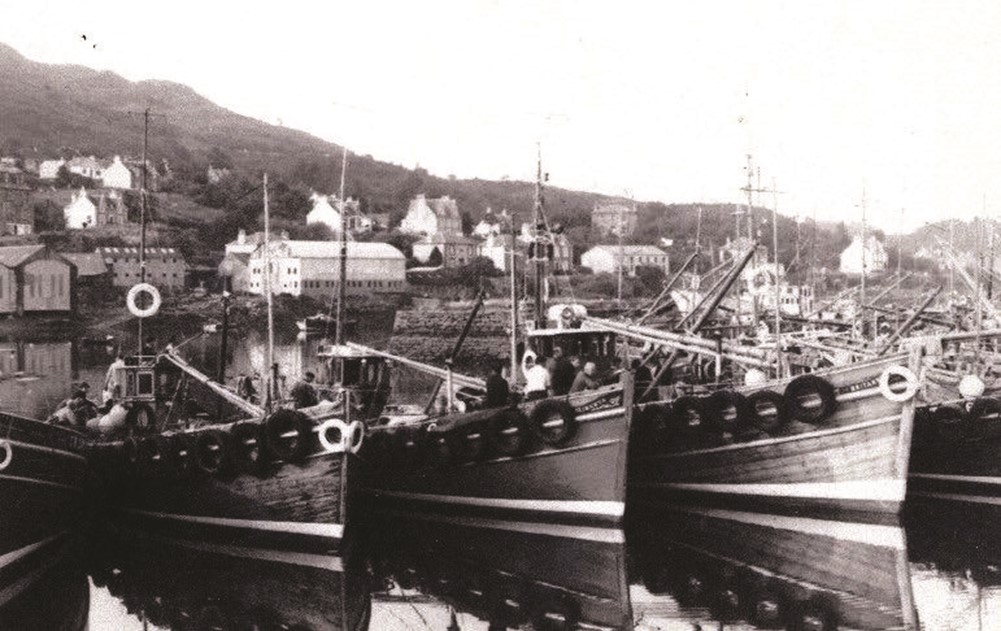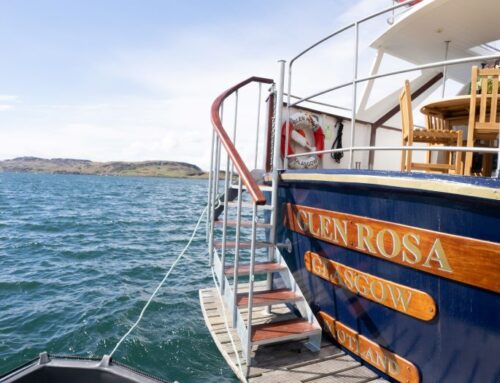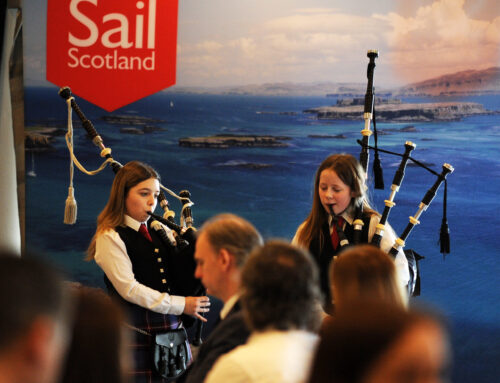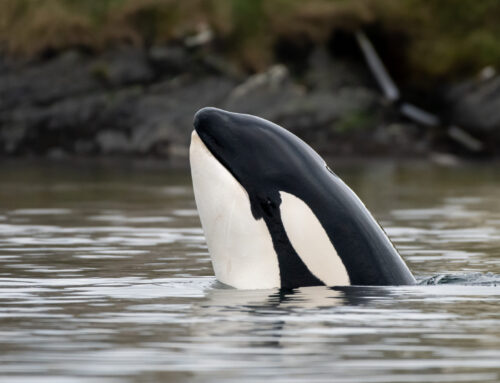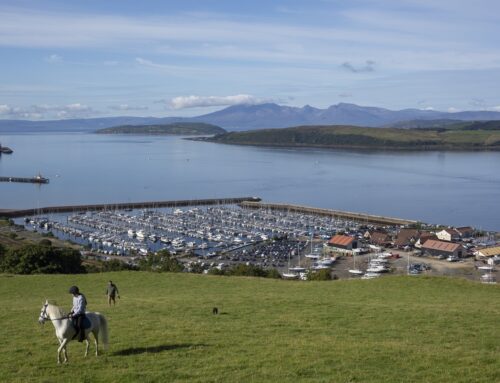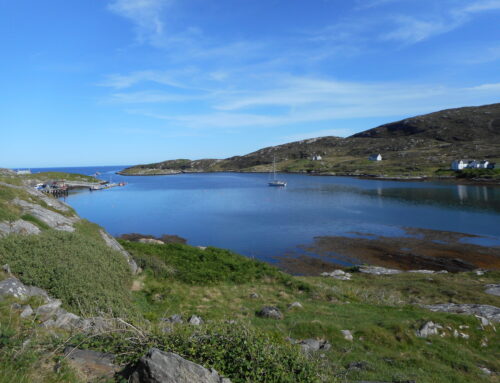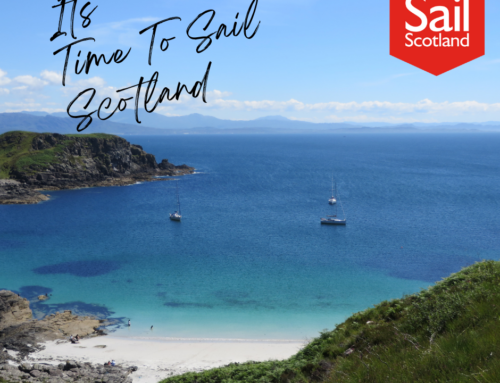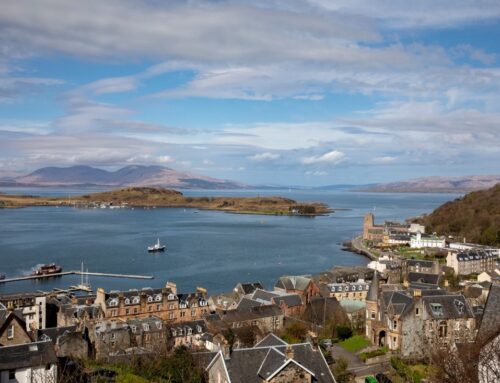Scotland may be synonymous with history and culture, but as we all set sail to enjoy the fine sailing conditions of this country, how often do we really give a thought to the past? Approaching today’s modern marinas, it can be difficult to visualise how they once looked – especially as we are focussed on bagging a berth, heading for a hot shower, some sustenance and perhaps even to check our emails.
Living in the heritage village of Tarbert, Loch Fyne, I don’t have to look very far to ignite my imagination – the castle on the hill and the replica Viking boat that resides in the harbour are both good starting points. Nonetheless, to create a true picture of how this bustling harbour and marina once looked to incoming sailors, attention must be turned to the fishing trade.
One conversation with Ian MacIntyre, and the picture is almost complete. He is a font of historical knowledge in Tarbert, and his family-run shop on Harbour Street not only provides a miscellany of goods, but also the occasional history lesson to visitors and locals alike!
As he professes, “Tarbert was built on Herring”, and he notes how the fishing boats rafted almost the entire breadth of the harbour at one point. The revolutionary ring-net was developed by the local fishermen, but not without controversy. Its devastating efficiency caused concern with the authorities, and its use was declared illegal in Loch Fyne in 1859. Not that it stopped the ‘Dookers’, – as the locals are colloquially called – they continued to use the ring-net for some years! The buildings where the fire station now sits were transformed into the barracks, with police and Navy officers conducting regular searches for illegal nets. Eventually legalised in 1867, the ring-net’s use continued as far as the 1970’s.
Of course, a bustling fishing trade is complemented by a busy boat-building industry. By 1900, there were over eighty fishing boats based here, and the standard Tarbert fishing boat until way into the twentieth century was the ‘Loch Fyne Skiff’, built at the very well regarded ‘Dickie’s Boatyard’ that once dominated the north side of the harbour. Not confined to skiffs, however – many quality vessels were born here, and some still sail today. Built in 1936, you may spot Cruinneag III as far afield as the Caribbean.
Gone may be the days of skiffs and herring, and – as Ian MacIntyre regales – of fishermen hoisting their sails every summer Saturday evening to race their little sailboats out of the harbour. Nonetheless, the listed Telford harbour wall still remains; encasing yachts and fishing vessels alike, and it’s nice to reminisce as we plan our sailing adventures for 2017. Whether imagining the herring-barrels stacked and the skiffs rafted here in Tarbert; picturing the witches and smugglers as we enter Kip; or visualising the ship-building and export industries as we cruise along the Clyde. It’s worth sparing a thought for the yesteryears of our destinations, and indeed the waters we cross, to sail back in time.
Kirsten Henderson
Tarbert Harbour
www.tarbertharbour.co.uk



